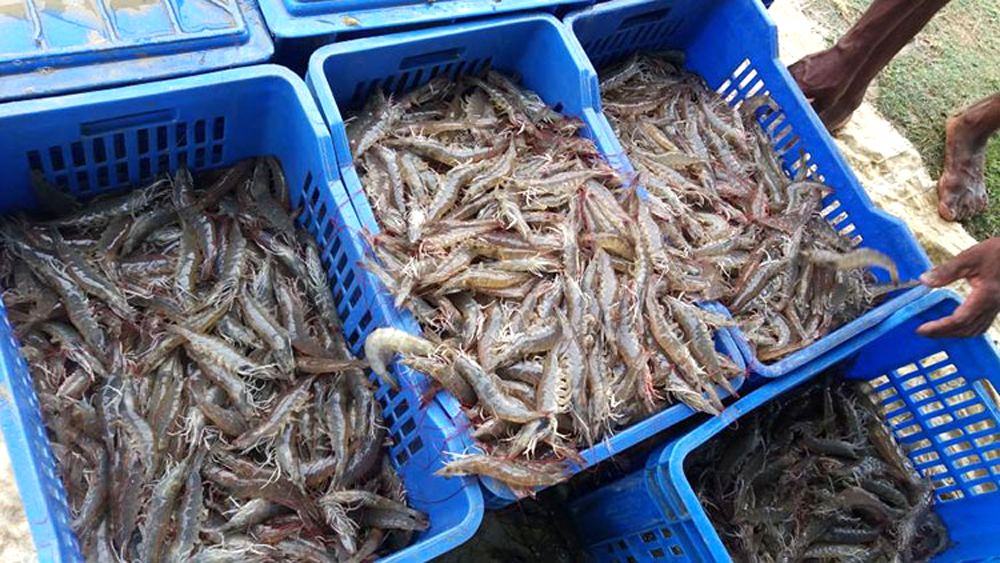Vietnam Seafood
Despite zero Covid policy, exports to China increase dramatically
Seafood exports to China reached USD 771 million as of May 2022, up 91% from the same period last year. Products accounting for the most density include pangasius (48%) and shrimp (35%).
In the first five months this year, sales of pangasius to China increased by 124% to USD 371 million worth, with pangasius fillet and pieces reaching USD 297 million, up half as much as the same period last year. Exports of whole/frozen pangasius rose by 58% to nearly USD 74 million worth.
Sales of lobster to China in the first five months of 2022 increased by nearly 29 times as compared to the same period last year, reaching over USD 108 million, equal to the export value of white leg shrimp (USD 119 million, up 61%). Meanwhile, exports of black tiger shrimp dropped by 9% and just reached USD 43 million.
Besides the two key products, Vietnam saw a slump in sales of most seafood to China as compared to the same period last year, with sales of tuna reducing by 60%, marine fishes declining by 9%, grilled fish and surimi decreasing by 25%.
The overwhelming COVID-19 pandemic and China’s persistent policy of zero covid have posed challenges on seafood importation into this country when harbors were forced to close and increasingly strict regulations related to examination of frozen products were issued.
However, factories were forced to close in China, resulting in postponed production and short supply of seafood for domestic consumption and processing for export purposes. Thus, China’s growing demand for seafood has attracted more and more Vietnamese enterprises to export to China regardless of challenges.

When the Chinese market continues to be controlled by the Covid-19 pandemic, the seafood importation will be affected. The pandemic has resulted in some changes in the market, such as limited restaurants, poor consumption in restaurants, changes in product presentation, changes in distribution channels: decrease in traditional distribution channels (supermarkets, stores), expansion of electronic trading platform. The pandemic has directly affected entertainment activities, tourism and indirectly affected seafood consumption.
However, seafood importation of China will grow in the long run. Being a popular kind of seafood, shrimp will be mainly consumed in families. The provision of shrimp has decreased for three years in China due to the Covid-19 pandemic.
(Source: https://vietfishmagazine.com/)



 Tiếng Việt
Tiếng Việt